Nowhere in the world can wind and solar compete without subsidies which drive out more competitive supplies and eventually raise electricity costs and/or taxes. One manifestation of the cost stemming from increased renewables supplies can be seen in the price of electricity. The average electricity price alongside the penetration of wind/solar for the 15 largest economies in the world shows this pattern.
Already a subscriber? Log in
Subscribe for just $2 a week
Try a month of The Spectator Australia absolutely free and without commitment. Not only that but – if you choose to continue – you’ll pay just $2 a week for your first year.
- Unlimited access to spectator.com.au and app
- The weekly edition on the Spectator Australia app
- Spectator podcasts and newsletters
- Full access to spectator.co.uk
Or

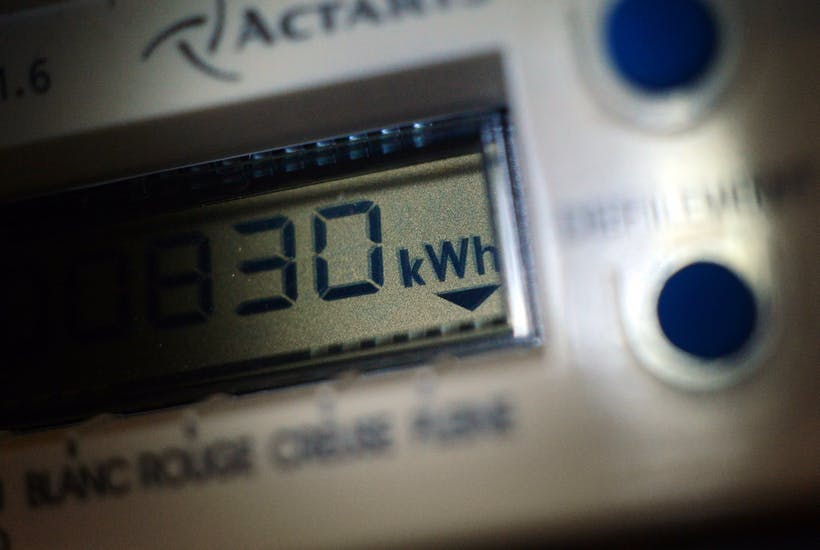
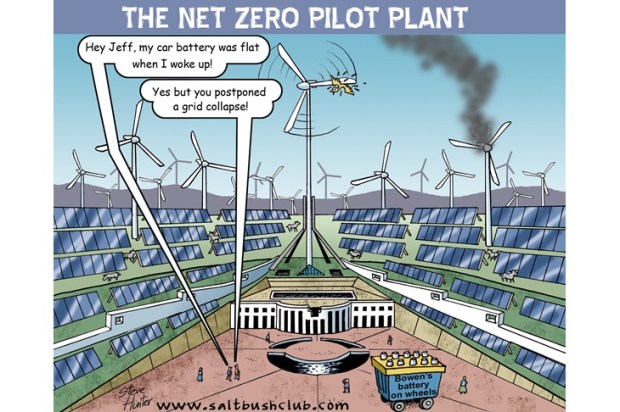
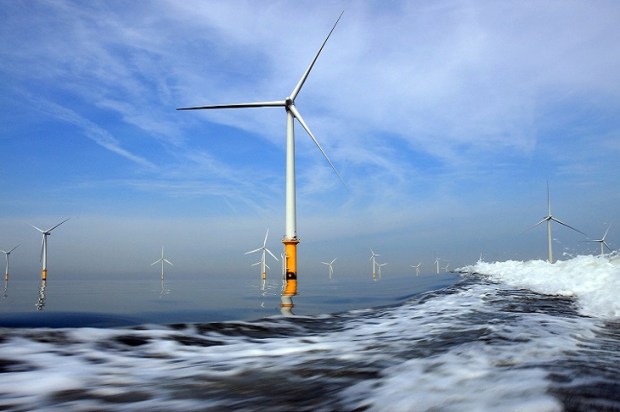
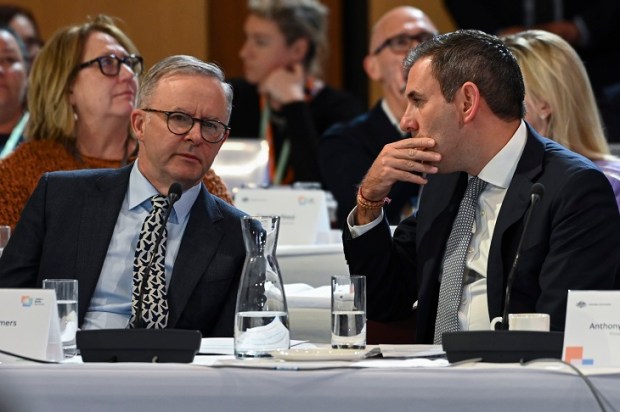


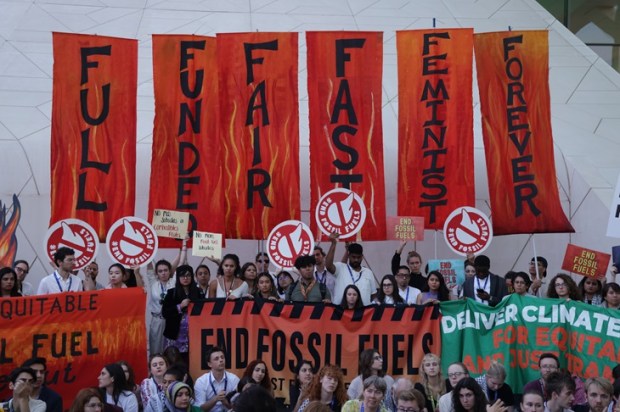


















Comments
Don't miss out
Join the conversation with other Spectator Australia readers. Subscribe to leave a comment.
SUBSCRIBEAlready a subscriber? Log in